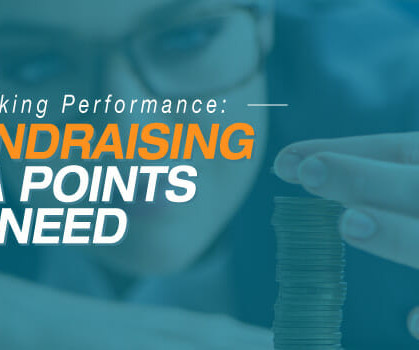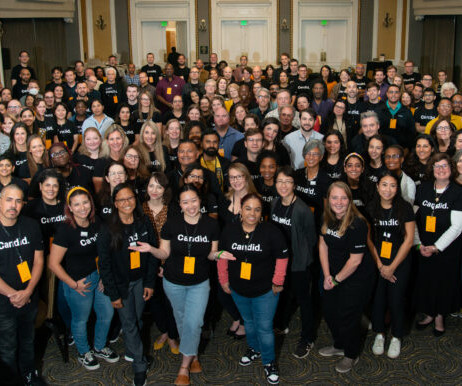The importance of talking about—and collecting data on—race to improve racial equity
Candid
FEBRUARY 7, 2022
I was also interested to learn that 40% of foundation leaders interviewed said they have begun or are increasingly focused on better collecting and using demographic data about nonprofits they fund and the people they serve. I am a firm believer in collecting demographic data.



















Let's personalize your content